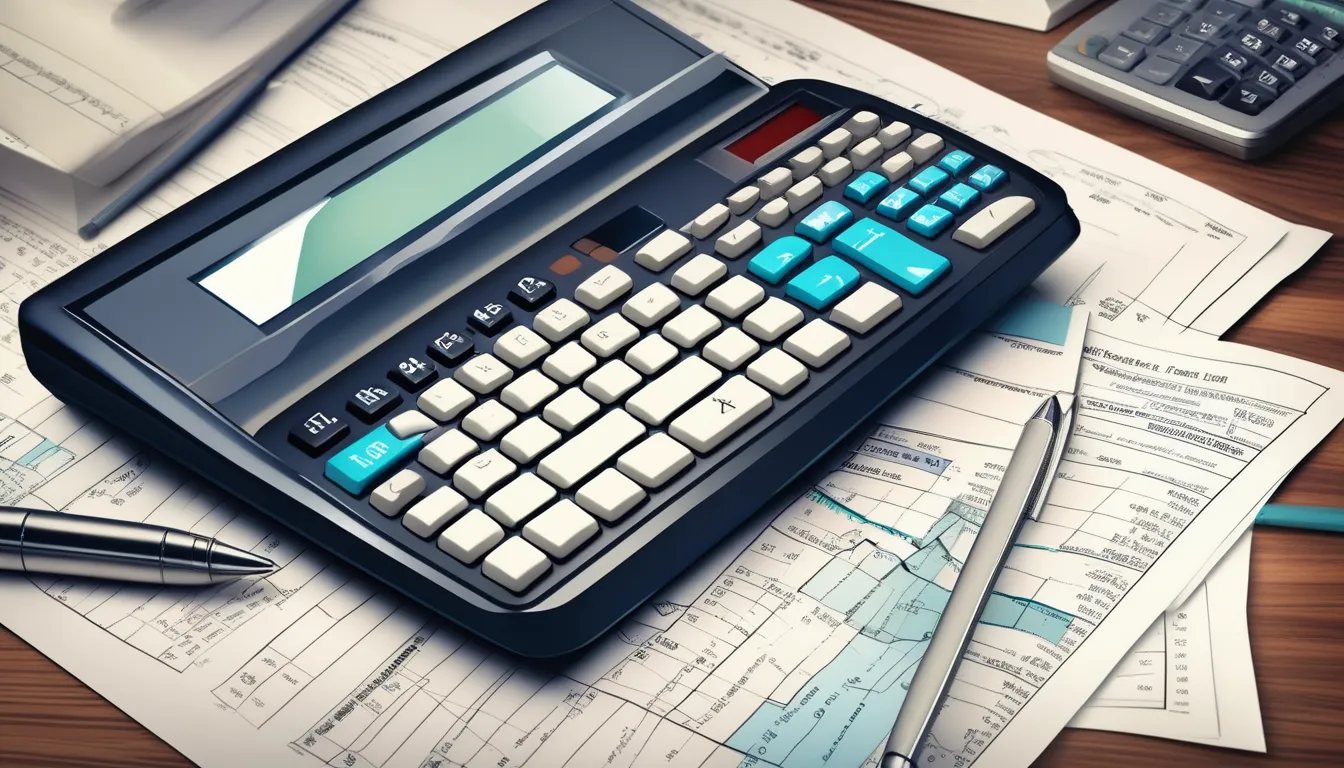In the realm of tax-saving strategies, understanding the nuances of depreciation can be a game-changer for your financial planning. The world of tax-saving depreciation products is vast, offering a multitude of avenues to explore for potential savings. By delving into the intricacies of Bonus Depreciation, Section 179 Deduction, and Cost Segregation Studies, you can unlock opportunities that might have previously gone unnoticed. These tools are not just about saving money in the short term; they can pave the way for long-term financial stability and growth. Explore the possibilities, and discover how you can leverage depreciation to your advantage.
Understanding Depreciation Basics
When it comes to maximizing your tax savings, understanding the basics of depreciation is crucial. Depreciation is the gradual decrease in the value of an asset over time due to wear and tear, obsolescence, or other factors. By accounting for this decrease in value, you can deduct a portion of the asset’s cost each year from your taxable income. This deduction can help reduce your tax liability and increase your overall savings.
To calculate depreciation, you need to know the cost of the asset, its useful life, and its salvage value. The most common method used for depreciation is the straight-line method, where the cost of the asset is divided by its useful life to determine the annual depreciation expense.
Other methods, such as the double declining balance method or the units of production method, may be used depending on the asset and tax regulations.
Understanding depreciation basics is essential for making informed financial decisions and maximizing your tax savings. By effectively utilizing depreciation, you can optimize your tax strategy and keep more money in your pocket.
Types of Tax-Saving Depreciation Products
To optimize your tax savings, exploring various types of tax-saving depreciation products can be beneficial. Here are four types of tax-saving depreciation products to consider:
- Bonus Depreciation: This allows you to deduct a significant percentage of the asset’s cost in the year it was purchased.
- Section 179 Deduction: With this option, you can deduct the full purchase price of qualifying equipment and software up to a certain limit.
- Cost Segregation Studies: These studies help in reclassifying assets to accelerate depreciation deductions, especially for commercial properties.
- MACRS Depreciation: The Modified Accelerated Cost Recovery System (MACRS) provides specific depreciation schedules based on the type of asset, allowing for accelerated depreciation in the early years.
Exploring these different types of tax-saving depreciation products can help you maximize your deductions and keep more money in your pocket come tax time.
Factors Affecting Depreciation Deductions
Considering the various factors affecting depreciation deductions is crucial for optimizing your tax strategy.
The key factors that can impact your depreciation deductions include the asset’s useful life, depreciation method chosen, cost of the asset, and any salvage value.
The useful life refers to how long the asset is expected to be used in your business before it becomes obsolete or no longer usable.
Choosing the right depreciation method is essential, as it determines how quickly you can write off the cost of the asset.
The cost of the asset plays a significant role in calculating depreciation deductions, as it provides the basis for determining annual depreciation amounts.
Additionally, if the asset has a salvage value (residual value), it affects the depreciation deductions by reducing the depreciable amount.
Strategies for Maximizing Depreciation Benefits
To maximize depreciation benefits, it’s important to strategically plan your asset purchases and utilization. By adopting the right strategies, you can optimize your tax savings and increase your bottom line. To make the most out of depreciation benefits, consider the following:
- Timing of Asset Purchases: Purchase assets towards the end of the financial year to accelerate depreciation deductions.
- Utilize Bonus Depreciation: Take advantage of bonus depreciation to deduct a significant portion of the asset’s cost in the first year.
- Segregate Assets: Separate assets with different useful lives to apply appropriate depreciation methods and rates to each.
- Regularly Review and Update: Regularly review your assets’ depreciation schedules to ensure compliance with tax regulations and make adjustments as needed.
Legal Compliance and Reporting Requirements
Ensuring legal compliance and meeting reporting requirements is essential for businesses to avoid penalties and maintain transparency in their financial operations. When it comes to depreciation, adherence to tax laws and regulations is crucial. Make sure to accurately track and document all depreciation expenses in your financial records. Failure to comply with tax rules can lead to fines and legal repercussions.
Additionally, proper reporting of depreciation figures is necessary for tax filings and financial statements. Utilize reliable accounting software to streamline the process and ensure accuracy in your reports.
Maintaining detailed records of asset purchases, useful life estimates, and depreciation methods used is vital for compliance. Regularly review and update your depreciation schedules to reflect any changes in asset value or useful life. Consider consulting with a tax professional to ensure that your depreciation practices align with current tax laws and maximize tax-saving opportunities.
Frequently Asked Questions
Can I Claim Depreciation on Leased Assets?
Yes, you can claim depreciation on leased assets. The amount you can claim depends on the type of asset and the terms of the lease agreement. Consult with a tax professional to ensure accurate deductions.
How Does Depreciation Affect My Business’s Cash Flow?
Depreciation impacts your business’s cash flow by reducing taxable income, which lowers taxes owed. This non-cash expense enables you to spread the cost of assets over time, improving cash flow for operational needs.
Are There Any 即時償却 商品 Implications When Selling Depreciated Assets?
When selling depreciated assets, you may face tax implications. Capital gains or losses can arise. Consult with a tax professional to understand the impact on your taxes and ensure compliance with relevant regulations.
Can Depreciation Deductions Be Carried Forward to Future Years?
Yes, you can carry forward unused depreciation deductions to future years. This allows you to offset future taxable income and reduce your tax liability. It’s a helpful strategy for maximizing tax savings over time.
What Are the Consequences of Inaccurately Calculating Depreciation?
When inaccurately calculating depreciation, you risk facing penalties, interest charges, and potential audits. It’s crucial to ensure accuracy in your calculations to avoid financial repercussions and maintain compliance with tax laws.
Conclusion
In conclusion, by utilizing tax-saving depreciation products such as Bonus Depreciation, Section 179 Deduction, Cost Segregation Studies, and MACRS Depreciation, you can significantly reduce your tax liabilities and maximize your deductions. Understanding the basics of depreciation, considering various factors affecting deductions, and implementing strategic planning can help you make informed decisions to optimize your financial planning. Stay proactive in exploring these options to ensure you are taking full advantage of available tax-saving opportunities.



